





In celebration of National Turtle and Tortoise Day on May 23 and since many Mediterranean gardens are home to one or more desert tortoises (not to mention a host of other tortoise species), let's discuss some of the controversies and recommendations for properly feeding these amazing vegetarian creatures.
There has been some research on what desert tortoises eat in the wild. The list of foods they consume is quite long--too long for this article, which is more geared towards feeding these creatures in captivity, not the wild (see the links near the end of the article for specific food ideas). However, the list of native foods these tortoises eat does teach us some things about their diet. One is that it is extremely varied (over 200 species of plant consumed), and it also varies significantly over range (some foods exist in some locations, but not in others). It also tells us there is a LOT of fiber in tortoise food, along with a LOT of calcium. There is also a pretty low level of protein in their diets (though some foods do contain quite a bit of protein), and there is absolutely not any dog food or iceberg lettuce in a native tortoise diet (unlike what this poor tortoise to the right here is eating in a local nature preserve). Studies also tell us most of these foods are not available year-round, or often no more than a few weeks or so, so diet changes are a yearly or even monthly experience for most wild desert tortoises.
But one thing these studies do NOT tell us is if all the foods these animal naturally consume on their own are actually good for them. There are a number of well-known toxic plants on the food items desert tortoises naturally consume. Do we assume then that these food items are okay for tortoises, or that they are acceptable errors… or that tortoises are simply opportunists and eat whatever comes along their way? It starts becoming complicated when we try assign a "goodness" factor to all the foods tortoises have been found to eat in the wild. Sometimes they eat other tortoise stools, or sometimes whatever stool they come across. They have been known to eat carrion and insects (though the latter probably as an accidental ingestion). Do we then assume these items are good for tortoises? It is easy to overthink--as well as underthink--the proper diet situation for captive tortoises.
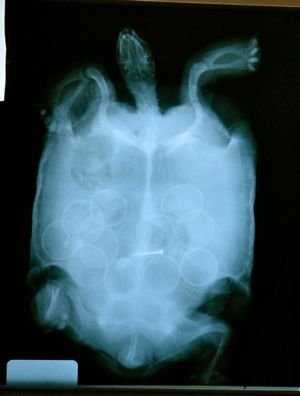
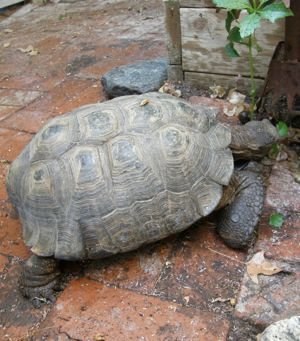
Radiograph of tortoise showing it's not only full of eggs, but has a large wood screw in it (left); my own tortoise happily gobbling down a potentially toxic plant (to no ill effect I can determine)
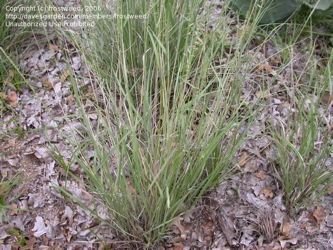

Bouteloua curtipendula (a Grama grass) left (photo frostweed)- this and many other native grasses make up a large bulk of the diet of wild Desert Tortoises; Alliona incarnata, or Trailing Four O'Clock, right (photo by Xenomorf) is one of just hundreds of native plants desert Tortoises feed upon each year in the wild
Much of what we have learned about desert tortoises has come from hundreds of different owners feeding them totally unnatural diets in captivity (sort of accidental experimentation) and seeing what the outcomes are. But understand that an 'outcome' is an extremely subjective deterimination and is usually based only what we see, not on any scientific testing of micronutrient blood levels, careful monitoring of health parameters over time, etc. It is nearly impossible to do that… we are still struggling to find out what are the best things for us humans to eat, and we spend millions, if not billions on such studies. But it is often from these unnatural diets that we can actually make some conclusions about what is good for these animals and what is not. It cannot totally be based on what they eat in nature. Just as it cannot be based totally on what a tortoise will naturally eat in your yard should it be offered an enormous smorgasbord of food items. This "natural selection" of food items in captivity can lead many to anecdotally assume this or that is good for them, when of course that is not necessarily the case. It would be like an alien species watching humans eat at the mall's food court and concluding those are the best food items for us to eat.
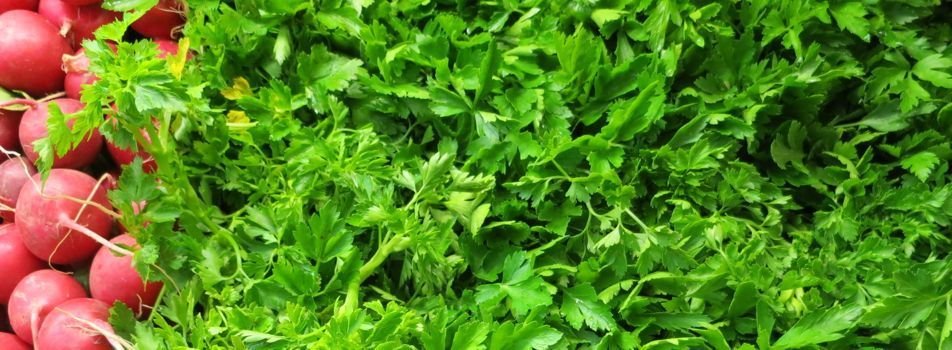
Though these raddish greens would never end up on the menu of a wild Desert Tortoise, they seem like a good plant to include in the diet of captive tortoises
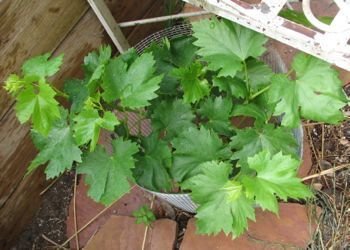
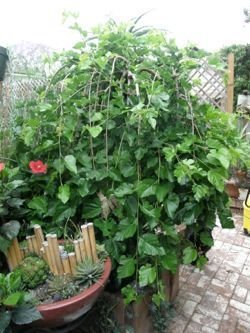
These two plants growing in my yard (Vitus sp., or grape, left, and Morus alba, or dwarf Mulberry, right) are excellent sources of calcium, low in phosphorus, tasty and make excellent foods for my captive Desert Tortoise
One thing I should remind the readers is that tortoises have been around a long time, eating what they eat for possibly thousands of years… and they have adapted extremely well to their situation. They are very instinctual creatures. They have not needed to develop much of a brain to survive. So when one leaves it up to a tortoise to decide what is good for it in your yard situation, you might remember that tortoises are not that smart. There is no way that gobbling up metal objects could ever be considered an evolutionary advantage (these items are just less available in their environment), just as choosing to eat the dog’s food would not be. Sometimes you have to make some decisions for them.
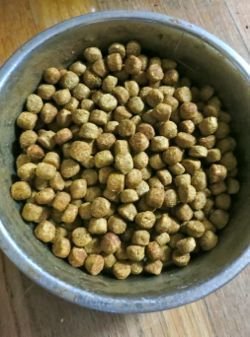
a lot of tortoise owners have other pets as well, and many feed their dogs and cats where the tortoise can get to their food- this is NOT a good situation as dog and cat food are VERY bad for tortoises- way too much protein, and the wrong form of protein as well. So leaving the decision about always what to eat up to your pet tortoise does not mean they will make good choices. Dog food obviously does not taste 'wrong or bad' and many tortoises will happily feast on it.
If there is one thing I have discovered after researching diets for tortoises, is that there is actually very little factual data or scientific conclusions. Saying that, following this paragraph I have somewhat summarized what I have gleaned from the pseudodata out there, and filtered some of the recommendations on diet from many different sources (it is amazing how many ‘reliable sources’ disagree with each other). These dietary suggestions or comments are not necessarily FACT, nor are necessarily CORRECT. But they reflect the best of what I can summize about what these wonderful and amazing creatures should be eating.
As I alluded to above, it seems tortoises are opportunistic and experimental eaters and eat just about anything they come across if it does not smell or taste bad to them. In the wild, some of these plants are known be toxic (e.g. lupines and loco weed) or painful (cacti and Euphorbia), yet they do not seem to affect the tortoises in such a way. There are no reliable lists of toxic plants for tortoises since no one has done research on what is actually toxic for a tortoise and what is not… and it is unlikely such research will be easy to accomplish. To say tortoises are immune to the toxic effects of some of these toxic plants they naturally eat is assuming a bit too much, but from what we can tell about them, they do seem to have a relatively high tolerance for some toxins… or perhaps they just don’t tend to eat a lot of each specific toxic plant. Some of the highly toxic plants such as oleander, cycads and toxic mushrooms are probably unsafe to give in any amounts. I have had tortoises for years, and grown toxic plants for years, and never seen any of my tortoises eat any of the very toxic plants in the yard. However, they do eat some of the "less toxic" plants seeming with no ill effects. They smell every thing they eat first, and then taste it. Ingestion only seems to proceed as long as the smell and taste tests pass. This is probably why tortoises will happily eat roofing nails and wood screws as they do not smell or taste bad/toxic. But mine never touch African Euphorbias, ivy, cycads, philodendrons, lilies or any other toxic bulbs. I assume these taste bad or smell "wrong" in some way. I actually can find very little data on actual poisonings of desert tortoises. I do not say they never happen, but paranoia about planting a toxin-free yard when one has tortoises is probably just that, paranoia.

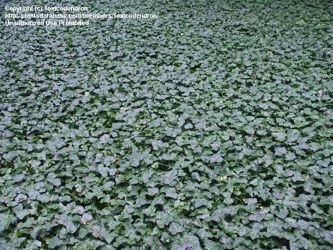
This native Lupine, Lupins bicolor, is eaten often by Desert Tortoises with very little obvious ill effect, and it is a known toxic plant (left- photo by Kelli); right is a yard of just English Ivy (Hedera helix)- not only would this make a poor choice for a Desert Tortoise vegetation simply in terms of humidity and getting around, but it is a toxic plant. Rarely would a tortoise be tempted to eat such a plant, but if that was all there was in its enclosure, it still might do it (photo by Toxicodendron)

Oleander is EVERYWHERE in southern California (and probably many other places in warmer climates) since it is such an easy to maintain and drought tolerant plant, as well as fairly attractive. But it is incredibly toxic. A yard with a lot of this and nothing else to nibble on might put some Desert Tortoises at risk for toxic ingestion
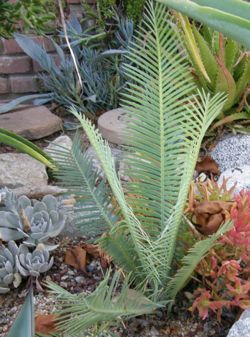
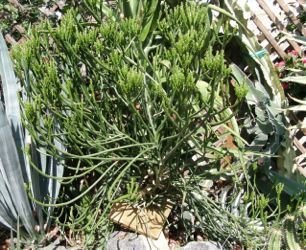
these are just two of many toxic plants growing my yard, but the Desert Tortoise never seems interested in trying either (left a cycad, Dioon caputoi, and right, Euporbia leucodendron, one of hundreds of species of Euphorbia growing about the property). They must smell/taste bad/wrong?
Things that seem to be important in tortoise foods:
Calcium. Many foods have some calcium, but ideally we want foods that are vegetable in nature and with more calcium than phosphorous. When the reptilian body consumes diets that are imbalanced in terms of these two chemicals, it tends to balance out those two nutrients by pulling calcium from its system to bind with the excess phosphorous. Some foods (like lettuces in particular) have 1:1 calcium:phosphorus ratios, so they do no harm but they don’t really supply any calcium, either. So why bother to feed these? Try to feed primarily foods that have what is known as "positive" calcium phosphorous ratios (greater than one). For example, some greens have a ratio of 3:1 or 4:1; these are likely excellent foods as long as the following criteria exist as well (see below). Carrots, for example, have a ratio far less than one so then one might want to either avoid carrots in tortoise diets, or feed them in very small amounts. This positive Calcium/phos ratio is particularly important in diets for younger tortoises (as it is for all growing vertebrates, actually). Skewed calcium/phosphorus ratios crop up as big problems with raising almost all non-pet animals and I see the horrific results all across the species, from desert tortoises, to turtles, to squirrels, to rabbits, to birds etc. So this positive ratio is certainly not a unique need for desert tortoises.
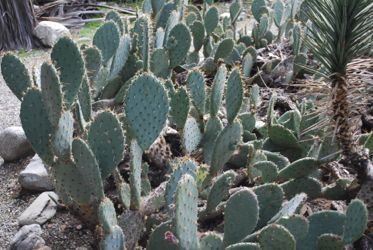
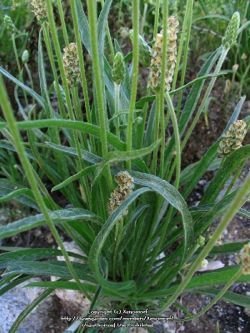
Opuntia phaecantha, aka Prickly Pear Cactus (left) and Plantago patagonica (photo by Xenomorf) right are two natives eating by Desert Tortoises that have very high calcium to phosphorus ratios
Phosphorous. This goes hand-in-hand with calcium and is covered by the above information. Just note that a LOT of vegetables are loaded with phosphorous and these should probably NOT be fed to young tortoises, except perhaps as treats or very small parts of their diet. Some published diets for vegetarian reptiles include a lot of yams and sweet potatoes, something I would prefer NOT to feed in any significant quantities to a vegetarian reptile. There is no proof however, that feeding these will result in death of a reptile, and probably it won’t, but it does not sound like a good idea to me, even though those vegetables are good sources of other nutrients. There is simply far too much phosphorus in those foods to be safe to feed in any significant amounts.
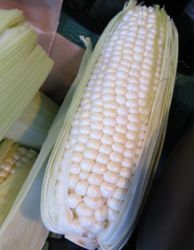
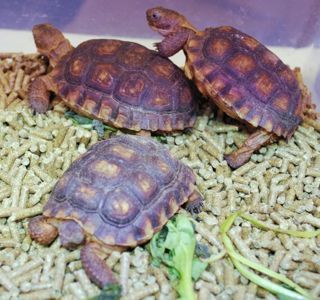
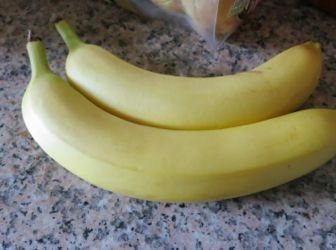
Corn is one of the worst offenders in terms of improper calcium balance: 0.02:1 and is a horrible thing to a feed tortoisese, ever. These babies (center photo) are particularly prone to poor Calium: Phosphorus ratios and quickly develop abnormalities in their shell and bone structure (that are obious) plus possibly other serious interenal problems that are much less obvious. Note that these creatures are being kept on alfalfa pellet bedding, a somewhat difficult bedding to move about in, difficult to keep clean or keep mold-free, but at least one that if eaten, is 100% digestible and has and excellent calcium: phosphorus ratio. Bananas (right) are often fed to tortoises- these are high in sugar (bad) and extremely high in phosphorus (also bad). Yes they have plenty of potassium, but potassium deficiency appears to be very rare in Desert Tortoises. My recommendation is to NOT feed these to your tortoises.
Vitamin D3. This also goes with calcium. Without this vitamin, calcium is poorly absorbed, or not absorbed at all. Tortoises that have no access to this vitamin, even if feed a high calcium diet, may develop calcium deficiency problems (often referred to as metabolic bone disease). By far the best source of Vitamin D3 is the sun. Exposure to ultraviolet radiation is the best way to supply this vitamin and is far superior to adding Vitamin D3 in the diet. In fact, adding vitamin D3 to the diet is a very risky behavior and I would NOT recommend doing this ever, unless you are trying to raise a tortoise indoors (also something I would NOT recommend). Adding Vitamin D3 orally is a balancing act, and overdosing is a very real and terrible possibility. Adding vitamin D3 to a tortoise that has access to sunlight is extremely risky and completely unnecessary. Excess oral vitamin D can result in excess calcium absorption in the kidneys, joints, heart etc. and result in a painful death. It is pretty hard to supply excess sunlight, as then vitamin D3 seems to be made when it is needed, no more, no less.
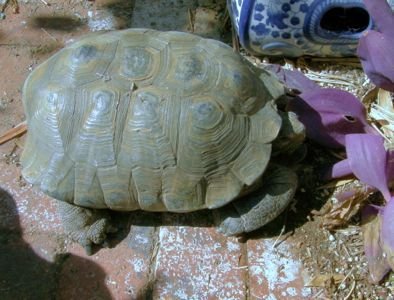
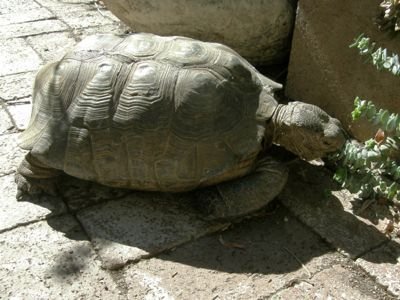
Desert tortoises get plenty of vitamin D3 from direct sunlight and do NOT need any additional vitamin D3 in their diets
Lights that contain UVa and UVb supply miniscule amounts of this radiation compared to what the sun can, and should not be relied upon. Basically, tortoises are outdoor creatures and trying to make them indoor creatures often results in disaster. The more sun, the better (to a point of overheating of course)… and the younger the tortoise, the more important this sunshine exposure is, as this is the age when bone is formed the fastest, and lack of calcium the most devastating. Growing tortoises and female gravid tortoises are particularlly needy of vitamin D3 and calcium for similar reasons (bone and/or egg shell formation). Do not attempt to raise young tortoises indoors or keep gravid females indoors hoping some wimpy artificial light sources are going to suffice.
So the gist of this is that Vitamin D3 is an important vitamin in food--in a negative sense. Do NOT add this to food! And the second take home point is sunlight is essential for tortoise growth and health (as it is for behavior, too)- mostly due to its ability to allow production of this vitamin by the tortoise. Note: Sunlight exposure seems to have other positive effects, too, particularly in the area of normal tortoise behavior.
As above, this need for vitamin D3 is certainly not limited to desert tortoises, or even vegetarian lizards. In fact, it is needed for all basking, diurnal reptiles, as well as for squirrels, birds, and many other exotic pet species.
Fiber. Most vegetation has fiber, but some has very little compared to others. Generally the vegetables we like to eat ourselves have too little fiber for vegetarian reptiles, and are quite unlike the vegetation tortoises tend to naturally eat. So you must do more than buy grocery store-variety produce for their tortoise; try to supply hay, grasses and other high fiber veggies, or they may end up having gastrointestinal problems (such as ileus). There is no precise amount of fiber known for what is necessary in a desert tortoise diet, or for almost any exotic animal for that matter (except probably rabbits). However, it is clear that high fiber in the diet is essential for proper digestion, bowel movements and possibly absorption of certiain critical nutrients in desert tortoises.
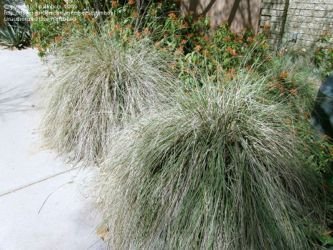
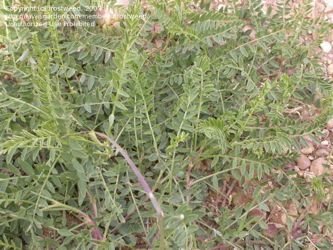
Muhlenbergia rigens (a native grass- left) and Astragalus crassicarpus, aka Milkvetch (right photo by frostweed) are parts of some desert tortoise natural diets and are very high in fiber
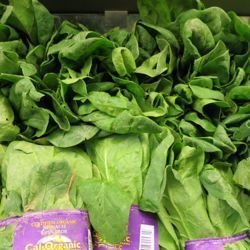
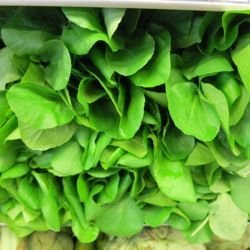
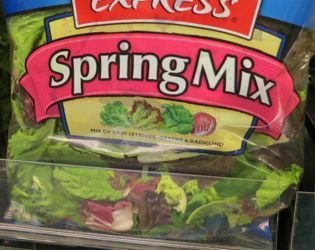
Spinach, water cress and possibly spring mix are relatively decent things to offer a desert tortoise in the back yard, but these items offer far less fiber than most of their natural foods, and one must try hard to make sure other items such as grasses, hay or fibrous vegetation (mallow and other weeds) are included in the diet, too, or fiber deficiency problems may result
Protein. Tortoises need protein in their diets, as do just about all vertebrates I know of. But not all proteins are the same, nor do all animals require the same amount of protein in their diets. There are plenty of proteins in the vegetation most tortoises eat in the wild (usually in their grasses, but also in many of the flowers they eat). However providing high protein vegetation to tortoises is risky. Avoid legume foods (e.g. peas, beans and their relatives) or provide them only in smaller amounts as these have tons of protein and they tend to be very high in phosphorous and low in calcium. Alfalfa hay is one exception: alfalfa has lots of protein but also an excellent calcium/phosphorous ratio. I don’t think anyone knows exactly how much protein a tortoise needs, but most assume more when young and less when mature. But one thing that does seem apparent, animal protein and the high levels of uric acid that result from its metabolism, are definitely a no no. Animal protein in tortoise diets, and the excess production of uric acid, may be one of the major factors that contribute to allowing stones to form in their bladders. Ingestion of animal proteins also appears to result in faster-than-normal growth rates, which can result in a variety of skeletal deformities. It also may result in kidney failure, as the desert tortoise kidney is not designed to be filtering out large sized proteins from the blood stream.
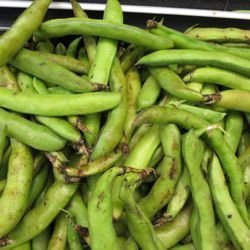
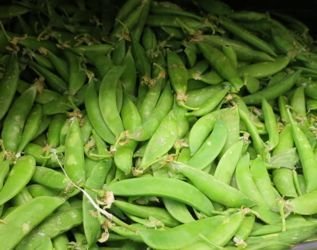
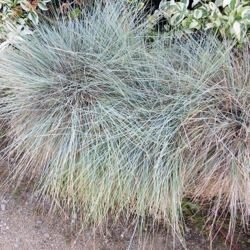
Vegetables like Fava beans (left) and Snap Peas (middle), though contain vegetable proteins, are still more protein than most tortoises need and should be a minimal to non-existant part of a tortoises diet. Grasses, like the Fescue grass on the right have some protein and a probably a much better source of it than are these more concentrated unnatural forms.
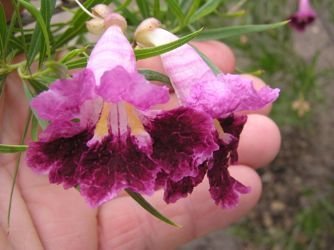
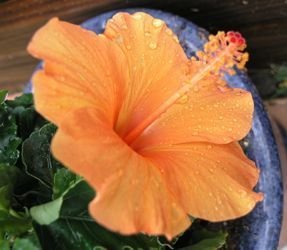
Higher levels of protein can be found in either their native flower diets, such as the Chilopsis linearis flowers (left) that many tortoises feast upon, or like the Hibiscus (right), Roses and Nasturtiums often offered in captivitiy. These are NOT good items to add in large quantities to a tortoise menu, but in restricted amounts can supply much needed plant proteins on a subtler scale.
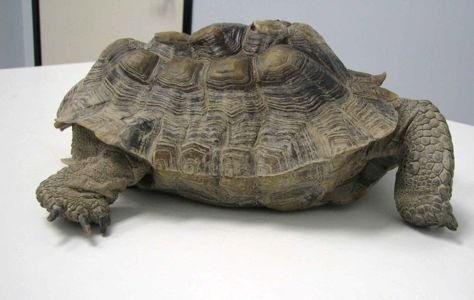
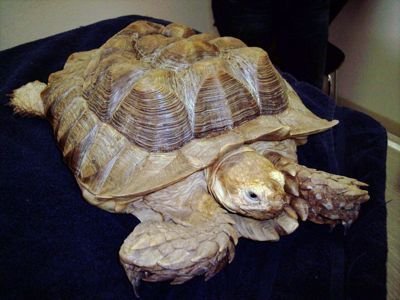
This Desert Tortoise (left) and Sulcata, or Spur-thighed Tortoise (right) both show severe shell changes with collapsing architecture and exagerated lumpiness (known as pyrmading), due primarily to excess protein in the diet, but possibly also lack of Calcium and Vitamin D3
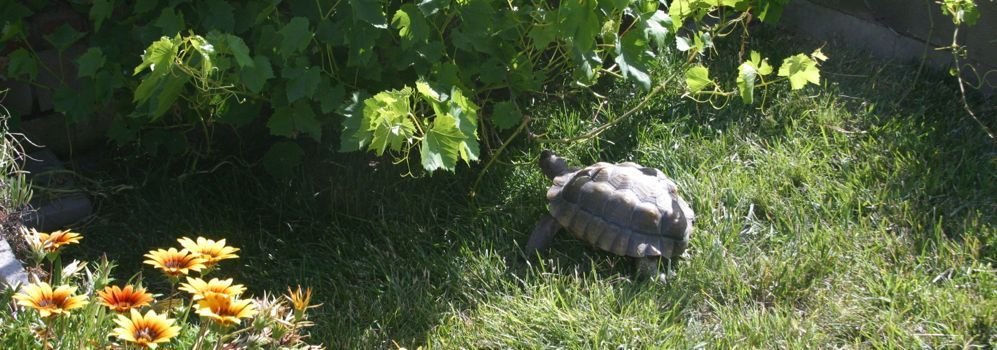
This lucky tortoise has been re-adopted and now lives in a yard where all it gets to eat is grasses and other living plants. But one can see from the pyramiding of its shell that its previous life included a diet way to high in protein
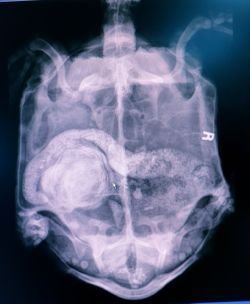
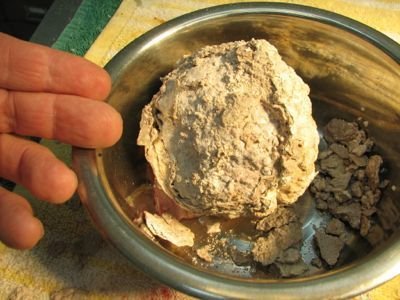
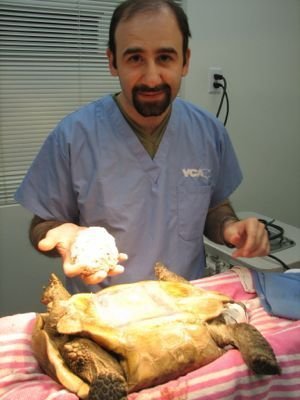
Bladder stone in Desert Tortoise picked up by palpation on exam (left); stone after removal (center) and doctor who helped me to remove the stone, along with the patient (right). These stones are thought to form primarily from excess protein in the diet.
Water. We might forget this nutrient when thinking about desert creatures such as tortoises, but it is the most essential nutrient of them all. Though it is an essential nutrient, it does not tend to be present in large quantities in many vegetables that tortoises eat, either naturally or in captivity (though I must say what most homemade diets lack in fiber, they do tend to make up for in water content). Some vegetables with high water levels make excellent additions to tortoise diets (like cactus). Tortoises do tend to live on dried vegetation for parts of the later summer when there is less water-filled vegetation available, but then there are rain storms and puddles (we hope) to make up for the lack of water in the vegetable diet. Some researchers theorize that dehydration is one of the building blocks of bladder stone formation, though how important this actually is is unknown. Though occasionally tortoises (usually dead ones) are found in the wild with bladder stones, it does not correlate with the large number of tortoises that have surely undergone some experiences with dehydration at one time or another, despite their amazing ability to store water in their bladders. And the very small number of wild desert tortoises that have been found with stones pales in comparison the enormous percentage of long-term captive desert tortoises with bladder stones.
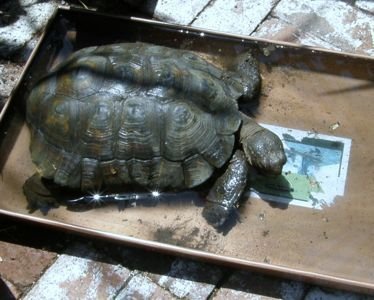
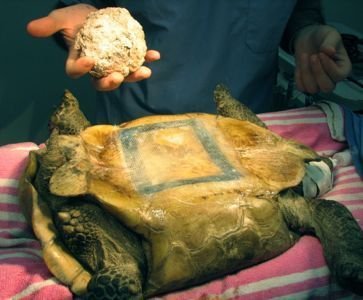
Tortoises should always be offered water, even if they don't always take a drink. Many tortoises do not respond to water bowls or baths and will not be stimulated to drink by their mere presence, even if placed in one (left). They seem to respond to water falling (like rain, or a hose) and come to drink in response to that. Encourage drinking frequently, particularly before hibernation. Right is a bladder stone I took out of Desert Tortoise that may have gotten too dehydrated at one time (though more likely due to improper diet).
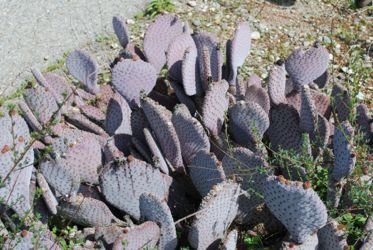
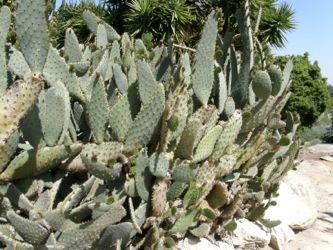
Opuntia basilaris, aka Beavertail Cactus (left) and Opuntia engelmanniana var. linguiformis (Cow's Tongue Cactus) are both native species and important sources of water for Desert Tortoises, particularly in times of drought. Theses can be grown in the yard and there are spineless forms of Opuntia that can be replaced for these should one not want to deal with the danger of spines. Additionally, Opuntia pads can be purchased at many grocers in southern California and probably Arizona and Texas, too.
Oxylates. These are important in a bad way, but often way overstated in much of the tortoise literature. For example foods like spinach and kale are always listed on the "bad" lists because they have oxylates in them, as oxylates tie up calcium. However, the amount of calcium tied up by the oxylates in these foods is probably significant only if these foods are fed as exclusive sources of a green diet. Oxylates also tend to settle out in the kidneys and can lead to kidney damage if present in large quantities. However adding them to diets with other vegetation in them is probably harmless, and these foods tend to be very high in calcium and other good nutrients. Right now my best recommendation is to NOT feed diets exclusively high in oxylates to desert tortoise, but do not avoid them, either!
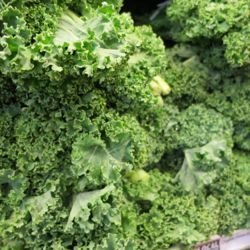
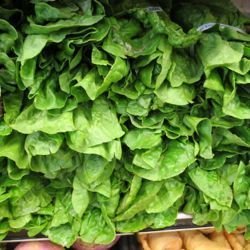

Kale (left) and spinach (center) have a lot of oxylates in them and have been warned against by many creaters of vegetarian reptile diet recipes as things to avoid in these diets. I disagree as the amount of oxylates is minimal and the good things in these foods are very good. And the theory about oxylates creating renal disfunction has never been shown to be the case in reptiles. As long as there is sufficient foods containing calcium (actually, all foods Desert Tortoises should eat should be relatively high in calcium), the oxylate/caclium controversy should not be a concern.
Sugar. Fruits have a lot of sugar in them, and sugar is something rarely needed or even desired in most reptile vegetarian diets. Sugar makes good breeding material for bacteria and fungi, and its presence in large quantities can potentially lead to overgrowth of intestinal bugs we may not want to be overgrowing. Excessive sugar is stored in the liver (as fat) and this can lead to fatty liver disease (a very bad disease in reptiles). Reptiles get plenty of calories in their diets without having to eat sugar. Tortoises are known to eat a some Opuntia fruits, which are very high in calcium, and they seem to tolerate them well, but this is for a relatively short season in the summer. And there is no reason to push it or offer it all the time. Tortoises also eat a lot of toxic plants and occasionally will munch down on carrion. Just because a tortoise eats something in nature, does not necessarily mean that something is good for them. Tortoises are sometimes found in nature with bladder stones, but almost all of these were found deceased.
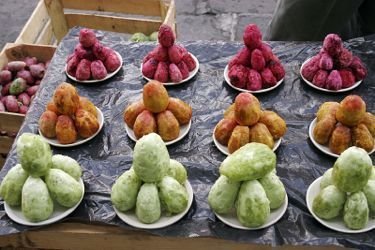
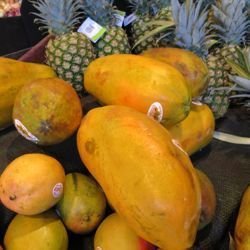
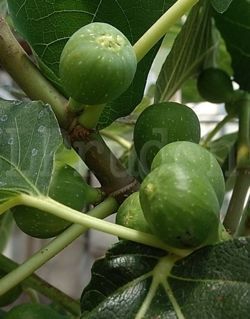
Other than these Opuntia fruits, aka Prickly Pears (left photo Wikipedia), most fruits are of little or no value in a tortoise diet. A few exceptions might include papaya (center) and fig (Kadota Fig photo by DaylilySLP- right) as these two fruits contain a significant amount of Calcium. Still, all these fruits contain far more sugar than what I would recommend as a significant proportion of any tortoise diet, so add only in moderation.
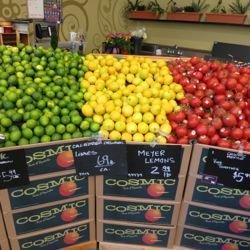
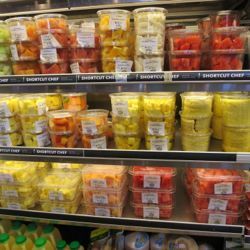
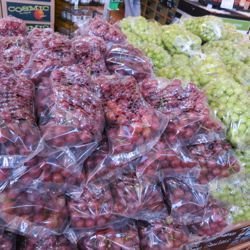
Citrus and tomatos have little if any place in a tortoise diet, as do these cut fruits in the center photo. Grapes, despite having very nutritious leaves, are themselves just added sugar and are not recommended for tortoises.
Toxins. Obviously you want to limit the amount of toxins your pet tortoise eats. Many of their natural foods are toxic, with some being more toxic than others. Letting a tortoise roam about your property full of toxic plants may or may not be risky. That sort of depends on what toxic plants you have and the abundance of other foods. For example, a yard overgrown with ivy and nothing else might force a tortoise to start eating ivy, which they would otherwise probably ignore, so this might be a problem. And yard with at a lot of fallen azalea and oleander leaves might result in some serious toxicities (though realistically, most tortoises will never eat those leaves) should nothing else at all be available to eat. As I said, they are not smart creatures. But as I also said, they do have an incredible sense of what smells or tastes "good" or right, that seems to keep them out of trouble in this regard most of the time.
Some things that are NOT important in tortoise diets.
Vitamin C. Though many of the vegetation tortoises naturally eat are very high in vitamin C, it is pretty clear tortoises make their own vitamin C. There is some evidence that extra vitamin C during times of extreme stress might possibly be helpful, but this is in racing sled dogs, not tortoises. No one knows what the safe dose of vitamin C is, and unsafe quantities potentially DO exist despite what many may claim (excess vitamin C is associated with kidney stone formation in people, for example). Most tortoise diets contain lots of vitamin C anyway, so there is no reason whatsoever to add more. Either way, its importance seems minimal to non-existent
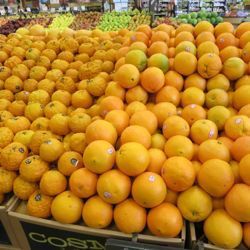 There is very little reason to add oranges or any high vitamin C products to a tortoise diet
There is very little reason to add oranges or any high vitamin C products to a tortoise diet
Pelleted Comercial Diets: These are extremely low in water and fiber (particularly low in fiber length), high in sugar, difficult-to-digest grains, and protein (relatively) and my feeling about this is that these are, at best, meant to be a 'bandage' for a poorly designed fresh diet, yet they probably can only make things worse. They are certainly quite unnatural (that does not make them bad) and probably completely unecessary if not dangerous. For this reason, I put this as unimportant considerations--just don't use them. For those trying to raise desert tortoises in climates that require you to keep them indoors much of the year, where you may run out of or be unable to find fresh foods...just don't. There are dozens of more well adapted tortoise species for you to have.
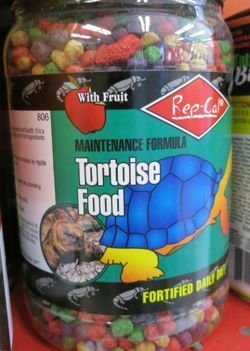
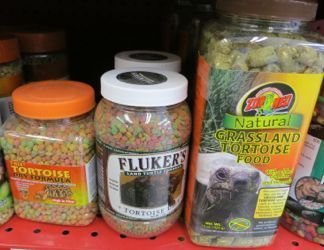
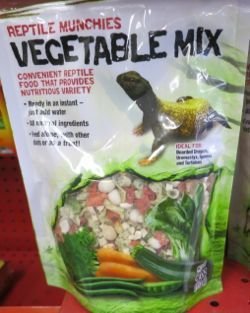
examples of some prepare tortoise diets, some with the added claim of 'real fruit inside' as if that was a good thing. I do NOT recommend these.
Vitamin Supplements: other than Vitamin D3, which is a very dangerous supplement to use, my feelings about all the rest of the supplements are they are about as necessary as vitamin C, and relying on them is like relying on the commercial diet bandage trying the control the hemorrhage of an improper diet. Diets with a lot of variety, grasses and dark green leafy material are very unlikely to be deificient in anything. And since we know very little about what exactly a tortoise needs, there is no point at guessing and hoping we get something right by adding large quantities of unecessary and potentially harmful nutrients to the diet. Not important, in my opinion.
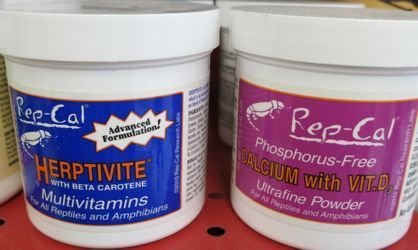
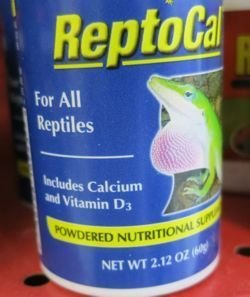
Vitamin and mineral supplements are NOT necessary and possibly even dangerous for tortoises living outdoors (as all tortoises SHOULD be living).
Diet Summary Suggestions:
Try growing some natives if you have room and the climate
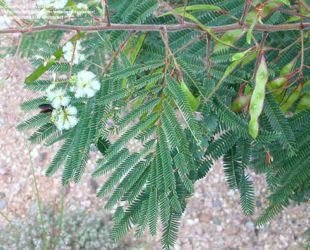
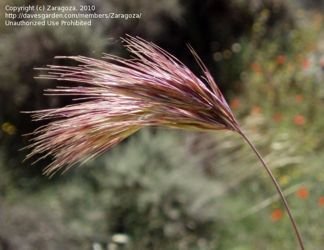
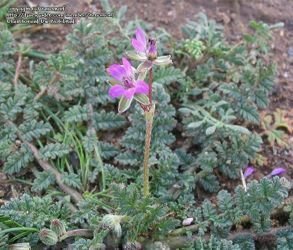
If you happen to live in the right climate, or can somehow grow these natives in your back yard, it would be ideal to expose your tortoise to these sorts of browse: Prairie Acacia (Acacia angustissima- left photo by syswriter), Catclaw (center photo by Xenomorf) or Acacia roemeriana; or Filagree (Erodium cicutarium- right photo by Xenomorf)... or any of the below natives
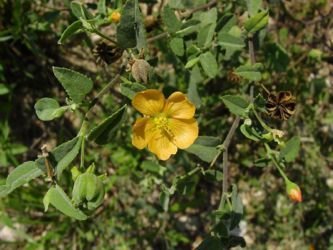


Sida species, left (photo htop); Red Brome Grass (Bromus rubens- center photo by Zaragoza); Desert Dandilion (Malacothrix glabrata- right photo by bgrumbin)
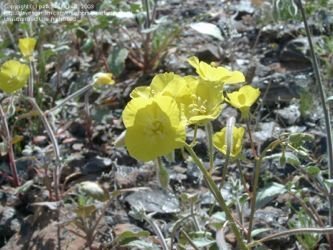
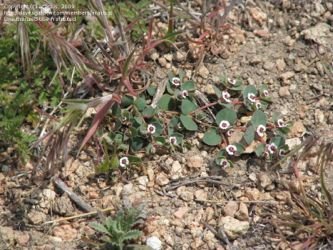
Camissonia brevipes (left photo peachespicket); Euphorbia albomarginata (right photo Xenomorf)
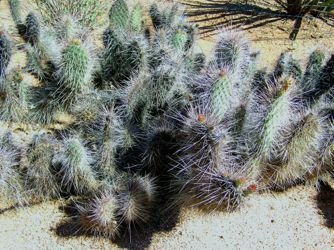
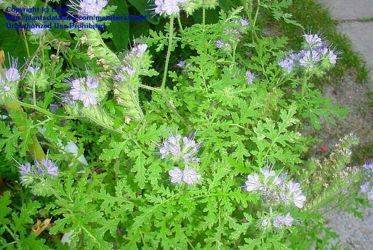
Opuntia erinacea (left); Purple Tansy (Phaecelia tanacetifolia- right photo by Evert)
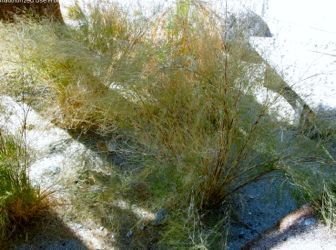
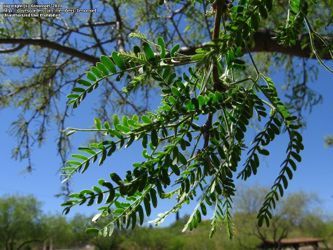
Muhlenbergia dumosa grass (left) or Prosopis velutina (Velvet Mesquite) right photo Xenomorf
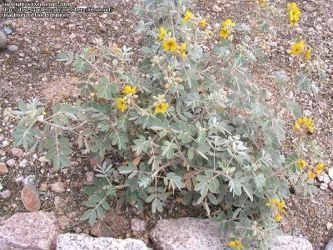
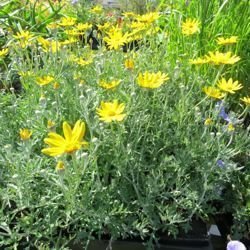
Desert Senna (Senna covesii left photo Xenomorf) ; Eriophyllum lanatum (right)
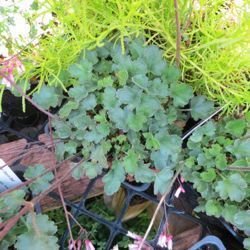
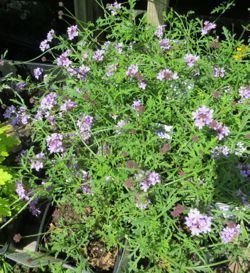
native Huechera species (left) and Verbena lilacina (right)... There are many hundreds of other natives that one might try, and these are just some examples.
Non-native plant suggestions:
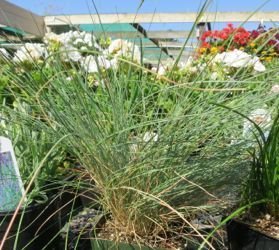
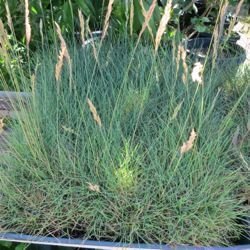
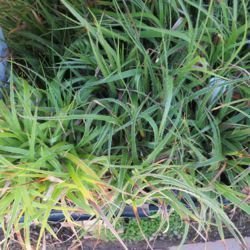
There are many non-native grass species that are hardy, easy to grow and make excellent tortoises diets (in part). For example, Fescues (left and center) and Luzula (right)
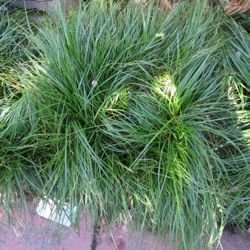

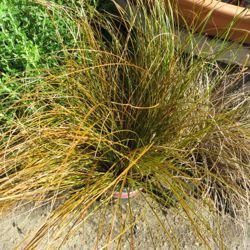
there are countless species of Carex that are ornamental as well as nutritious (Carex divulsa left, Carex petriei center and Carex testacea right)

lawn grasses such as Bermudagrass and Kentucky bluegrass work well, too, though I would suggest more open dirt/soil spaces in a yard than the one above (gets a bit most in wet weather)
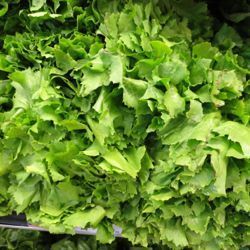
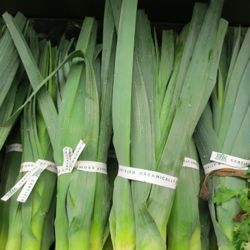
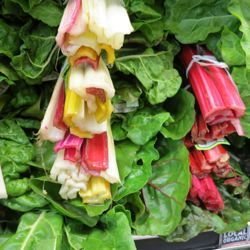
Mustard Greens or Mizuna, Leeks and Swiss or Red Chard are excellent vegetables to add to a tortoise diet
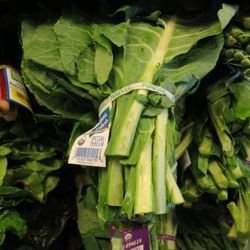
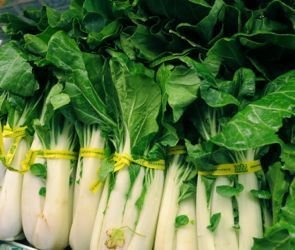
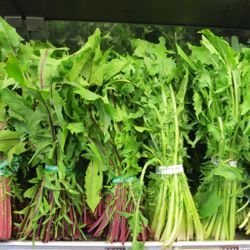
Collard Greens are particularly high in calcium and excellent for tortoises. Bok Choy and Dandien Greens are also good things to add to their menus
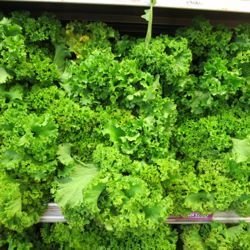
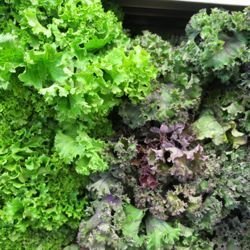

and yes kale and spinach are good additives to a tortoise diet, though I might not feed these exclusively
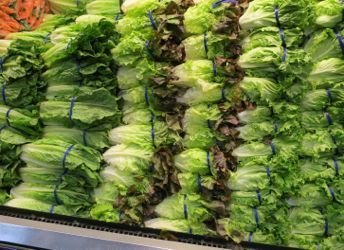
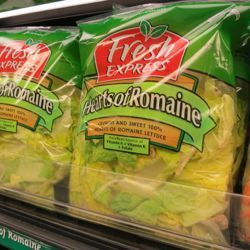
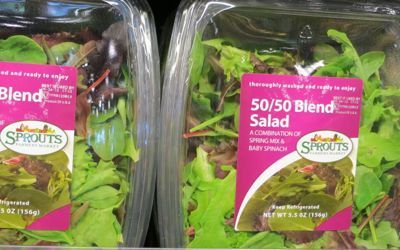
Though not actually bad for tortoises, most lettuces have a Calcium/Phosphorus ratio of about 1:1, so are not that useful in terms of nutrition (loose leaf lettuce might be an exception), but these foods do have have a tiny bit of fiber (not much) and a few other nutients, so can be used now and then if there is absolutely nothing else available.
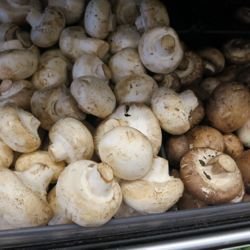
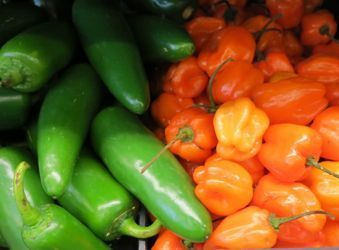
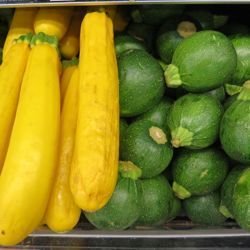
I would be very cautious about adding much of these veggies to a tortoise diet, though they may have some excellent micronutrients in them. As long as you have lots of browse grasses, weeds, hay, and the above greens, these can be added in small amounts, though they are certainly not required or even highly recommended.
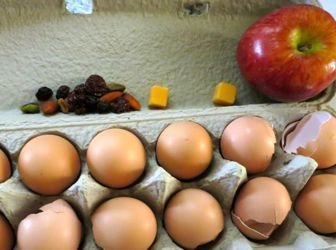 and certainly avoid these foods (a slice of apple won't kill anything, but not recommended)
and certainly avoid these foods (a slice of apple won't kill anything, but not recommended)
Below are some published diets for tortoises, some what sound pretty well researched:
Tortoisetrust.org
Anapsid.org (I have a few problems with all the ingredients on this list, but you should be aware at least of what is being published. I would not call these necessarily 'bad' diet recommendations...
azgfd.gov
desertmuseum.org - - more on just general Desert Tortoise Care
fs.fed.us
Copyright © www.100flowers.win Botanic Garden All Rights Reserved